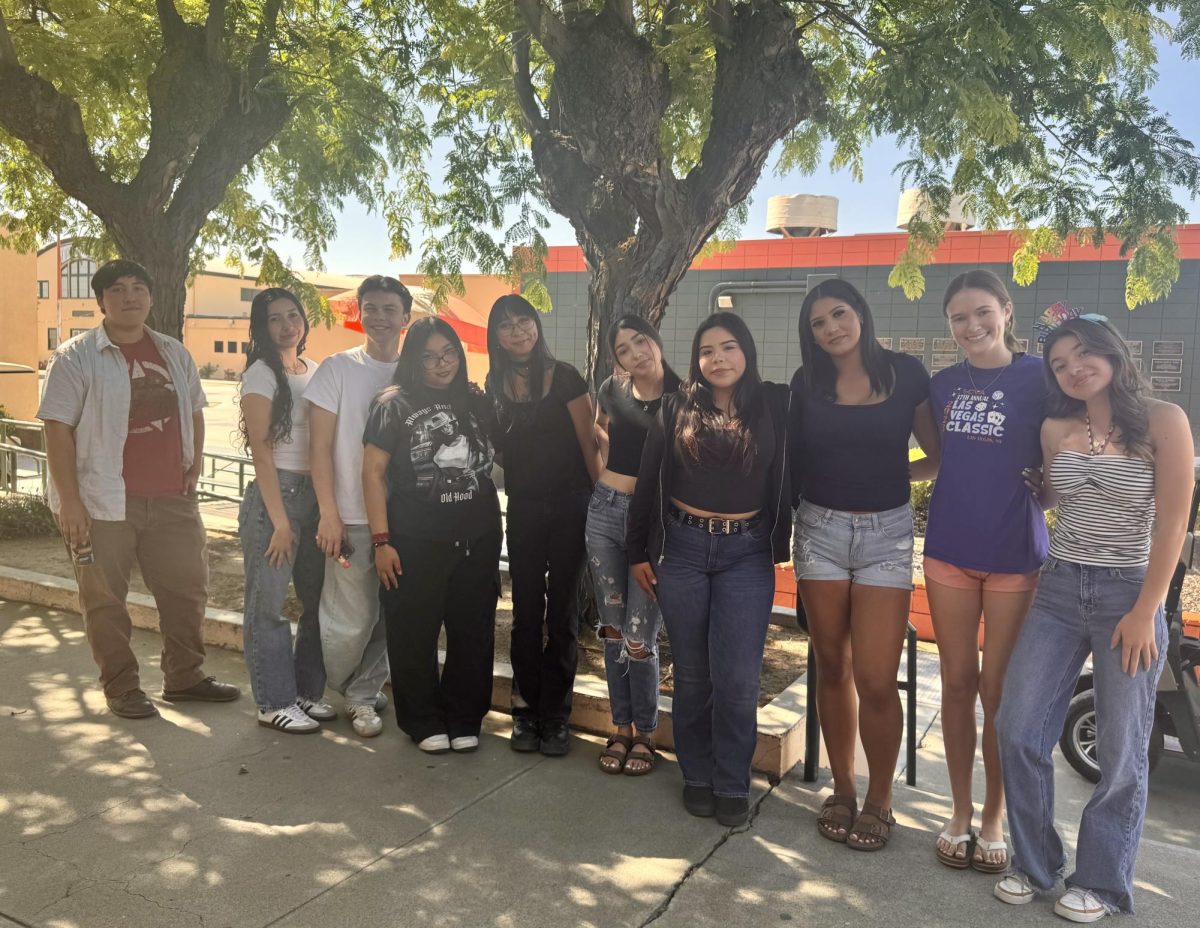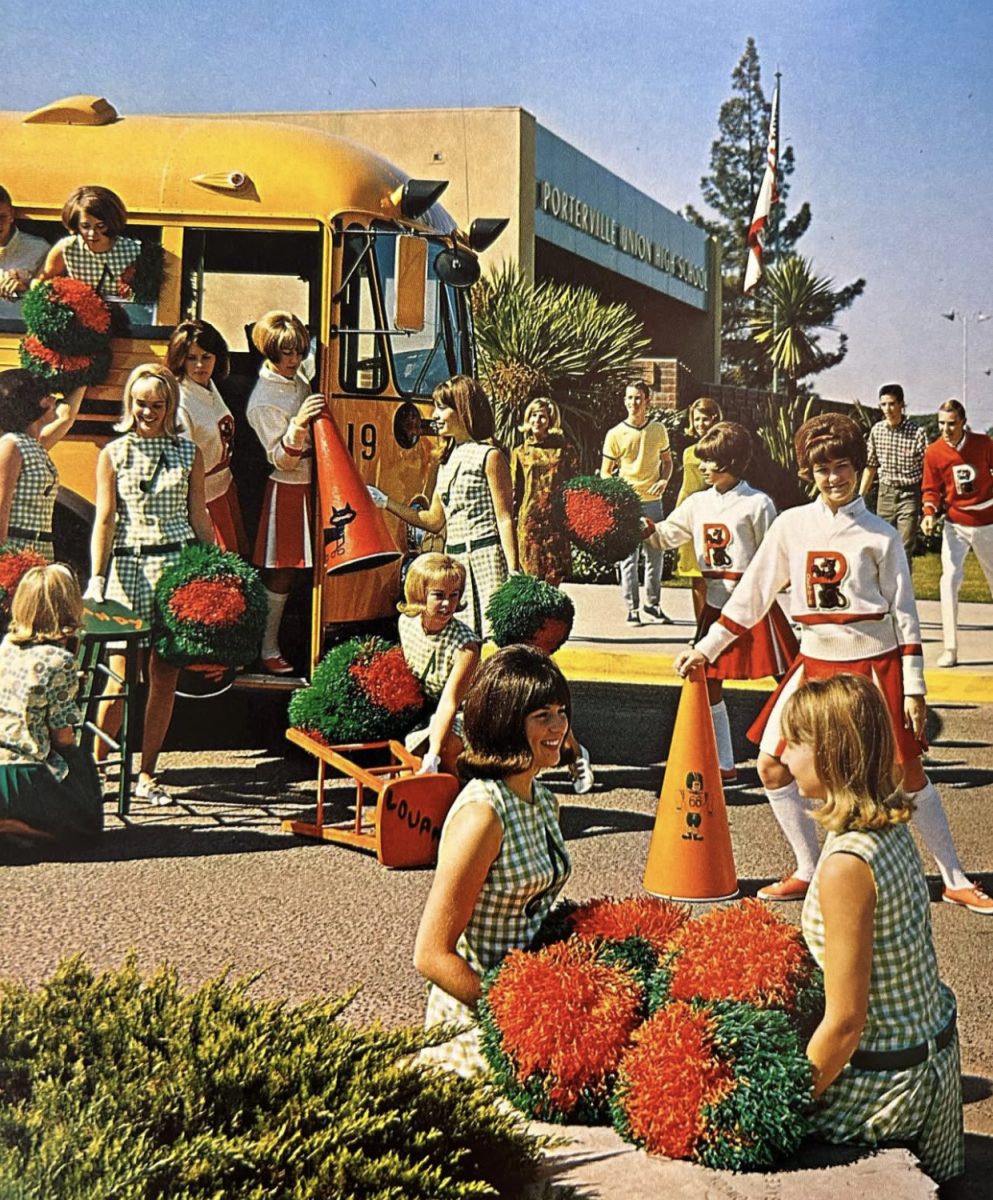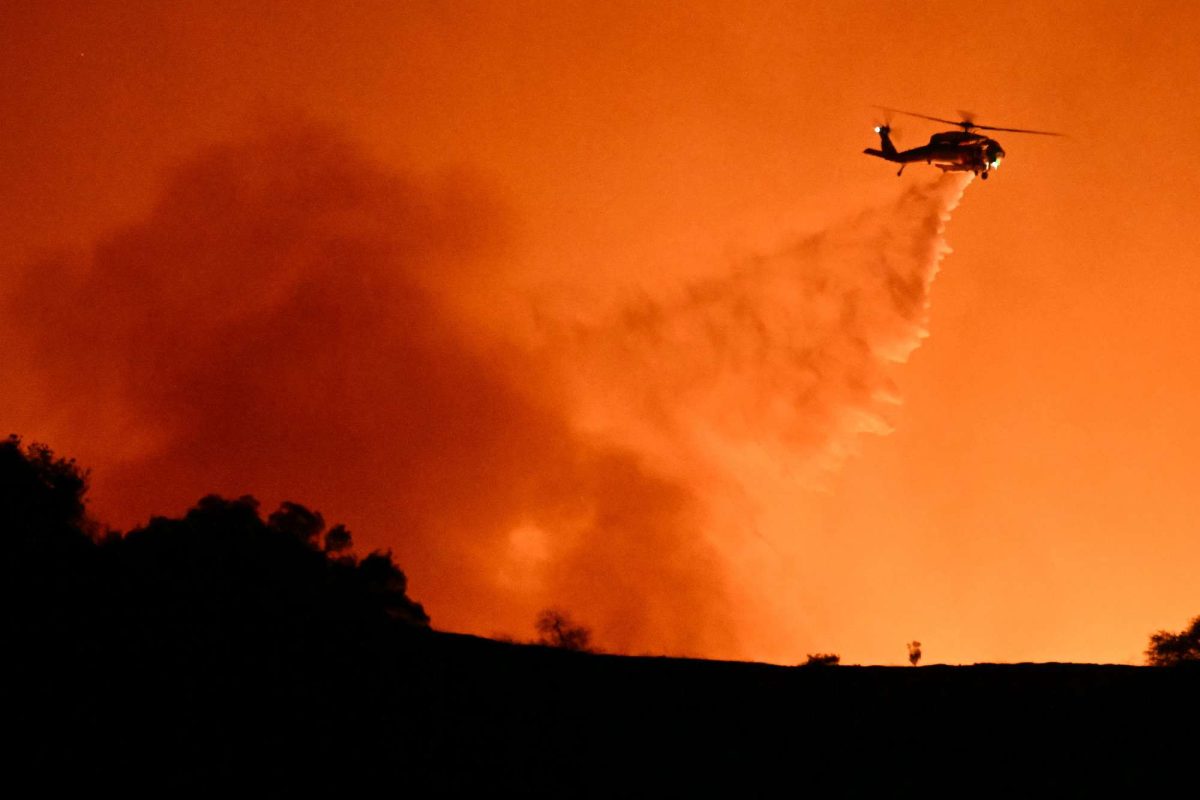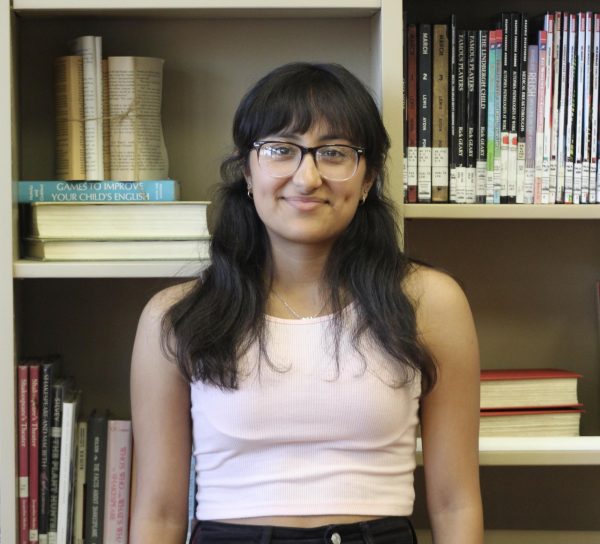 Christmas
Christmas
Christmas, a time of joyful celebration and colorful lights, is praised worldwide on December twenty-fifth of every year. This celebration is both a religious and secular tradition. Christians see this special day as the celebration of the birth of Jesus Christ and as a way to commemorate the significance of his arrival on Earth. Christmas is likewise considered a secular celebration because many celebrate it for its festivities rather than religious beliefs and background. Some of these festivities include spending time with family and friends and young children waiting for the arrival of Santa Claus and spreading joy and love. Santa Claus originated from a Christian bishop, Saint Nicholas, from the 4th century and is from what is now known as Turkey. He influenced the folklore and traditional figure of “Santa Claus.” Saint Nicholas was known for his good deeds, such as using his inheritance to help those in need and sick. The early celebrations of Christmas can be dated back to Rome and other European countries and their festivities, which they used to mark the end of the harvest. Fun Fact: did you know that according to the article: History of Christmas, “Christmas was once banned in certain parts of England during the 17th century because Oliver Cromwell, once a Lord Protector, believed that this spiritual holiday had lost its touch of being a religious holiday” (history.com). He was said to think it was becoming more of a materialistic and overwhelming holiday, therefore making this decision. It wasn’t until after King Charles II took the throne after the monarchy was restored in England that he allowed the people to celebrate this holiday again.
Along this, Christmas has different traditions worldwide, from putting up Christmas trees, decorating one’s front yard with colorful lights or inflatables, baking cookies, opening presents, and building gingerbread houses. Traditions for this holiday vary from place to place; for example, in Sweden, the Yule goat is a traditional symbol put up for Christmas because it dates back to their ancient pagan festivals; the Philippines has a well-known tradition in which the celebration, “Ligligan Parul” showcases bright and colorful “parols” also known as lanterns. These lanterns are displayed to the people and represent the Star of Bethlehem. Finland has a unique tradition similar to the twelve days of Christmas in the United States, but Finland has thirteen days. The night before Christmas, the Icelandic kids put their shoes next to their window and head to their bedrooms because they will get visited by the 13 Yule Lads, who will give them candy if they have been good kids or will put rotten potatoes in their shoes if they have been bad kids.
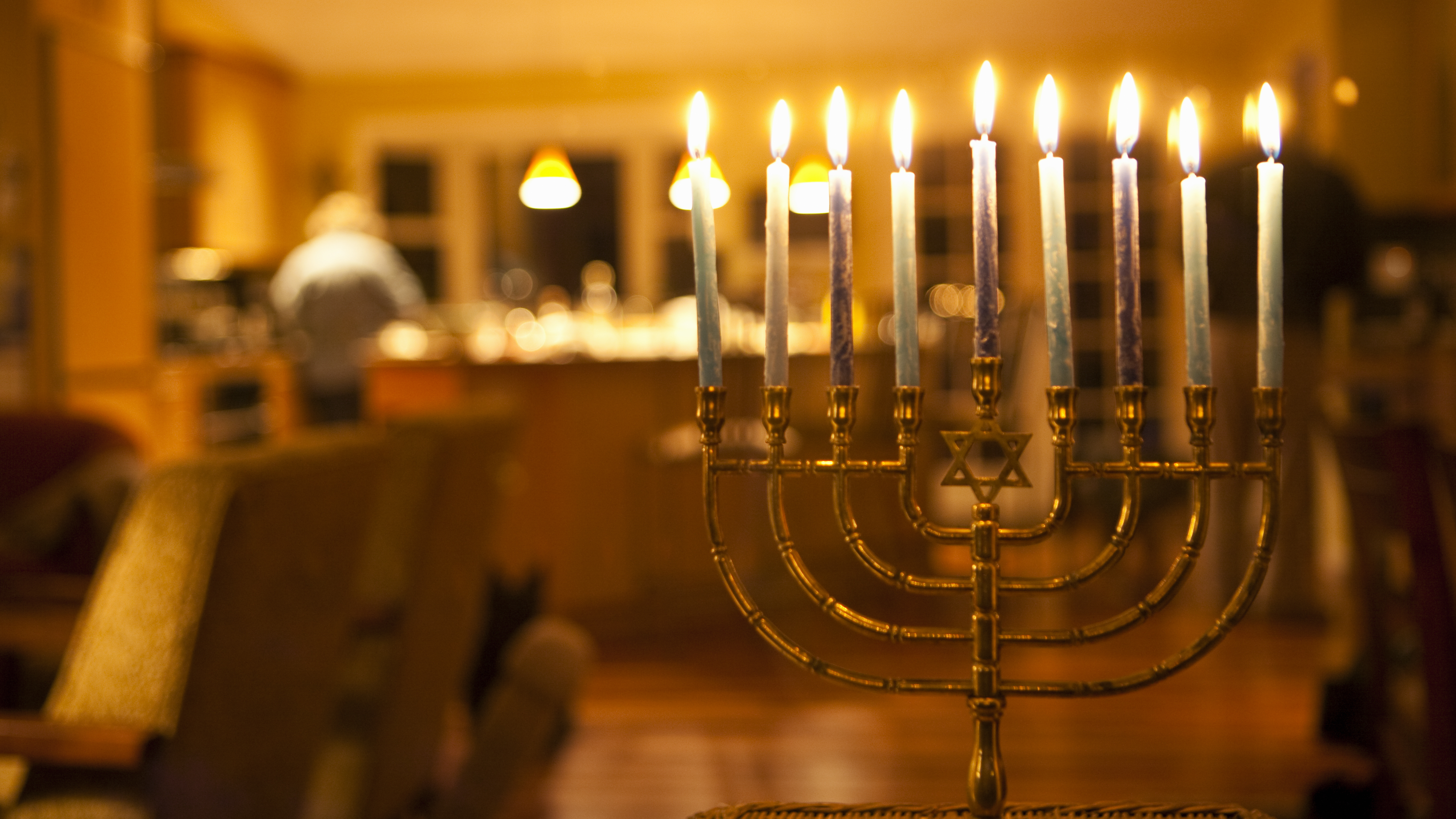
Hanukkah
Hanukkah also known as (Chanukah) is an eight day lasting, Jewish holiday that endures the Jewish religion and culture in the second century. Hanukkah has been celebrated for more than 2,000 years all around the world but mainly in Israel, Australia, France, India and many more countries. On this day, family and friends gather around to rejoice, exchange gifts, sing special hymns and enjoy traditional Hanukkah food. Some traditional foods consist of mostly fried foods, savory meats and sweet desserts. There is also a traditional toy called dreidel (that looks like a top) that many kids play with. Sometimes adults even play for money. Hanukkah normally occurs between late November and December, but it changes every year. In the Hebrew calendar Hanukkah is always on December 25th. Each of these 8 days a candle is lit. According to britannica.com religious beliefs, this holiday lasts 8 days because “The jar contained only enough oil to burn for one day, but miraculously the oil burned for eight days…” This wondrous event inspired the Jewis stages to proclaim a yearly eight day festival.

Chinese New Year
What is Chinese New Year? Chinese New Year is a holiday celebrated in South Korea, Vietnam, and many other countries with an overseas Chinese population. The holiday is celebrated in religions such as Confucianism, Daoism, and Buddhism. Usually the Chinese new year begins when the new moon occurs, so between January 21st and February 20th. The holiday typically last for about 15 days until the new full moon. Some things to know about Chinese New Year is the date always changes every year, many traditions such as wearing red on the holiday started because of an ancient beast the Chinese feared, Fireworks are used not only to paint the sky pretty colors but are used to scare of the red beast, red envelopes get handed out during celebration, and Chinese new year is the biggest holiday/tradition celebrated in the Chinese culture. The monster that we try to scare off and imitate is called “Nian” and the ancient story says that Long, long ago in ancient China, there was a fierce beast called “Nian”. Its head looked like a lion with a sharp horn on it which could be used to attack its prey. It lived at the bottom of the sea most of the time and would go ashore only on the last day of the lunar year to eat people and livestock. what you should know about the envelopes: The story of hóngbāo. At Lunar New Year, it’s tradition to give the gift of a bright, beautiful red envelope to your friends and family. But not just any old envelope. These are filled with money and symbolize good wishes and luck for the new year ahead, some little facts you may like to know about the holiday are Chinese New Year is also called “Spring festival”, it has various zodiacs and celebrates many traditions.Greeting people during the holiday celebration you would tell people Gong hei fat choy. If you would like to add a traditional wish, the most common Chinese New Year greeting in Cantonese is “gong hei fat choy” and translates to “wishing you great happiness and prosperity.” In Mandarin, the same greeting is “gong xi fa cai.” and that’s everything you need to know about Chinese New Year.

New Year’s
Why do we celebrate New Years? We celebrate it because it was to partly in honor of Janus, the Roman god of beginnings and the month’s namesake that is why the date was chosen. Also Pope Gregory XIII created a revised calendar that officially established January 1 as New Year’s Day in 1582. For some, the countdown to the New Year immediately begins after the previous one ends. Each year, on January 1, people ring in a fresh start with resolutions. The first known record of New Year’s celebrations began about 2000 B.C. Greeks used to celebrate the New Year during the winter solstice. The origin of January 1 marking the New Year dates back to 46 B.C. When Julius Caesar developed the solar-based Julian calendar. Many New Years traditions are shared with family and friends. New Year’s resolutions have existed since the early 19th century. People making resolutions 200 years ago, but they were also breaking them and using them as excuses for bad behavior before the New Year. In Brazil people usually go to the beach since it’s the summer there says Hudson Bohr a Brazilian photographer based in NYC. Immediately after midnight you’re supposed to jump seven waves while making seven wishes. The tradition is rooted in paying homage to Yemanja the goddess of water. In Greece it’s tradition to hang an onion outside your door. Believed to symbolize fertility and growth. Times Square Located on the roof of One Times Square the ball is a prominent part of a New Year’s Eve celebration in Times Square.
:max_bytes(150000):strip_icc()/GettyImages-530056459-59608a4f3df78cdc68b9c12b.jpg&usqp=CAU)
Kwanzaa
Kwanzaa is a Secular Festival observed by West Africans and African Americans. The holiday Kwanzaa is celebrated from December 26 to January 1st, from places around the world such as the United Kingdom, Jamaica, France, Canada and Brazil. Kwanzaa is a celebrated festival to honor the ancestors, to affirm the bonds between everyone and celebrate the culture. Each family celebrates Kwanzaa in their own ways,celebrations often include songs,dances, African drums, storytelling, poetry reading, and a large traditional meal. On each of the seven nights, the family gathers and a child lights one of the candles on the Kinara, then one of the seven principles is discussed. According to The History Channel “The candle-lighting ceremony each evening provides the opportunity to gather and discuss the meaning of Kwanzaa. The first night, the black candle in the center is lit (and the principle of umoja/unity is discussed). One candle is lit each evening and the appropriate principle is discussed.” Each day has a certain principle and the seven principles have a meaning.
The Seven Principles
UnityUmoja: (oo–MO–jah): To strive and maintain unity in the family, community, nation, and race.
Self-determination: Kujichagulia (koo–gee–cha–goo–LEE–yah):To define ourselves, name ourselves, create for ourselves, and speak for ourselves.
Collective Work and Responsibility: Ujima (oo–GEE–mah):To build and maintain our community together and make our brother’s and sister’s problems our problems and to solve them together.
Cooperative Economics: Ujamaa (oo–JAH–mah): To build and maintain our own stores, shops, and other businesses and to profit from them together.
Purpose: Nia (nee–YAH): To make our collective vocation the building and developing of our community in order to restore our people to their traditional greatness.
Creativity:Kuumba (Koo-OOM-bah): To do as always as much as we can,in the way we can, in order to leave our community more beautiful and beneficial than we inherited it.
Faith: Imani (ee-MAH-nee):To believe with all our heart in our people, our parents, our teachers, our leaders, and the righteousness and victory of our struggle.
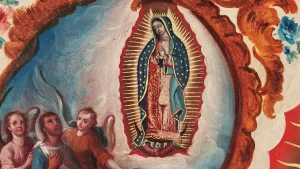
What is Fiesta de Guadalupe, and what is its origin?
Fiesta de Guadalupe is a Catholic holiday celebrated on December 12th, usually in North Mexico at Basilica of Guadalupe on the slopes of Tepeyac Hill. By December 11th, millions of people will be at The Villa (the main religious center of Tepeyac Hill). Every year, many people bring pictures of their loved ones and an image of Mother Guadalupe on their backs, or on a banner.
At the villa de Guadalupe, in the national sanctuary, Catholics would travel days to be at the event. As you arrive there, you’d be met with the Villa and on your knees you would go, giving a sign of your devotion for La Virgen Morenitas Protection. Mexico’s main Religious center is called the Basilica. How is it celebrated? It wouldn’t be a celebration without the amazing food, dancing and performances. Some of the most delicious dishes include; Tacos, raspados, carnitas, tortas and pozole. Vendors would be selling things such as clothing and crafts. So when your hungry or looking for something fun to do, make sure to visit the vendors.
At La Fiesta de Guadalupe, chants, ballads and traditional dances are things that are well known. During the performances, ballads would be chanted by the Elders.
But what is the Origin? The Virgin of Guadalupe dates back to December 12th, 1531. A young Native named Juan Diego encountered Virgin Mary on his way up the Tepeyac Hill. Juan thought she did not look European or Spanish, but rather Indigenous. He thought this because of her long, black hair and her dark-toned skin. The Virgin Mary told Juan to build a church on top of the hill, when Juan was told that, he went straight to the Bishop and told them what Virgin Mary told him. The Bishop did not believe his story. When Juan did not build the Church, Virgin Mary went to see him again and asked him to plant flowers on top of the hill. When he did this, he picked them and put them into his coat and brought the flowers to the Bishop, when he opened his coat, the flowers fell onto the floor and an image of The Virgin Mary appeared. After this, the Bishop finally believed his story and let him build the church.
This Catholic holiday is cherished by many. What do people think about this holiday? “Celebrating our Lady of Guadalupe always culminates with the reenactment of the familiar story.” Meaning having this celebration is a way to bring people together in a greater way.
Since then, this has been greatly valued in Mexico. If you decide to celebrate, include food, music and make sure to also include the story of Guadalupe (optional).
Evidently, The day of the Virgin de Guadalupe is celebrated on December 12th, where Catholics would travel to the North of Mexico to perform and celebrate the Virgins appearance and to cherish the Mother of God and the amazing story behind it.
Did you know that on top of the hill, Our Lady of Guadalupe introduced herself the Mother of all humanity to Juan Diego as he approached her.
 Winter Solstice
Winter Solstice
Winter Solstice!! This year it will be on Thursday Dec 22, 2023. What is the Winter Solstice? Winter Solstice is when half the Earth is tilted the farthest away from the sun. The sun’s rays are shifted southward from the Equator, the vertical noon rays are directly overhead at the Tropic of Capricorn.
Winter Solstice can be celebrated by anyone, back during the Neolithic period monuments such as Newgrange located in Brú na Bóinne in Ireland and Stonehenge in England, seem to have been carefully aligned on a sight-line pointing to the winter solstice sunrise (Newgrange) and the winter solstice sunset (Stonehenge).
The Solstice was a special moment of the annual cycle for some cultures even during Neolithic times. Many mythologies and traditions derived from the winter solstice, it was important because the people were economically dependent on monitoring the progress of the seasons. The winter solstice is the reversal of the sun’s ebbing in the sky, in ancient times it was seen as the rebirth and death of the sun or of a sun god. It can also be considered the shortest day of the year or the longest night of the year. For more information about the winter solstice check out a few of these sites : https://www.space.com/winter-solstice https://kids.nationalgeographic.com/history/article/winter-solstice


